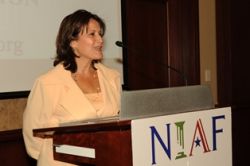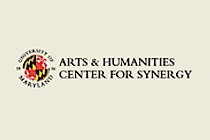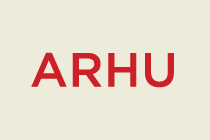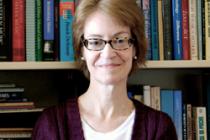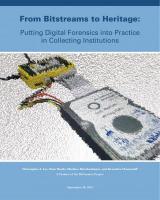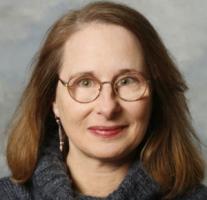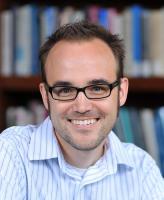COLLEGE PARK, Md.—The University of Maryland College of Arts and Humanities is pleased to announce the launch of the Arts and Humanities Center for Synergy and its website arhusynergy.umd.edu. The site launched Wednesday, December 18, 2013, and is the product of years of concerted efforts between the Office of the Dean in the College of Arts and Humanities and input from faculty experts.
Led by Sheri Parks, associate dean of research, interdisciplinary scholarship and programming, the center seeks to help faculty, students and the larger community make connections across the diverse, yet interconnected disciplines of the college.
“The goal is to place these fields in broad context, facilitating new intellectual synergies that connect and inform the pressing human problems of our time,” said Bonnie Thornton Dill, dean of the College of Arts and Humanities. “Through lectures, symposia, intellectual working groups and research initiatives, we will apply our new insights and skills to help individuals and academics alike.”
The site was designed not only to aggregate information about initiatives that cross disciplinary lines, but to act as a resource hub for scholars, students and community members looking to connect and build support for projects of mutual interest.
In the initial launch, the site will provide in-depth information about the many innovative and collaborative research, scholarship, events, programs, courses and outreach taking place in the college. In addition, the site hosts a wealth of information about grant resources and highlights the arts and humanities labs for inspiration and creativity.
“From the visual and performing arts to history, literature and culture, the arts and humanities provide powerful insights and perspectives for out-of-the box ideas,” said Parks. “They raise awareness, break down barriers and foster innovation.”
To further inspire and engage the community, the college has organized this year’s dean’s lecture series to presentarts and humanities leaders who are influencing society and advancing the national conversation on the importance of humanities and social sciences to the improved state of the world.
"We are proud to convene a community of arts and humanities leaders, continually reaching across disciplinary lines—theorizing, producing new tools and methodologies—to shape the future of the academy," said Thornton Dill. "We look forward to the valuable contributions of our established affiliates and the insights of emerging working groups to extend the conversations taking place nationally on the future of the arts and humanities."
Upcoming Enhancements
In subsequent releases, the website will provide a scholar database that will help users identify partners with similar interests. Also in the works are virtual labs with a variety of tools that can be used by existing or emerging working groups alike. The goal is to help people connect, collaborate and innovate.
The website was created through a synergistic collaboration between the web and application services and marketing and communications teams in the College of Arts and Humanities.
The website is an example of the college's commitment to improve the visibility of interdisciplinary initiatives not only within the college, but also through collaborations with those in other fields of study.
For more info, please contact Sheri Parks at slp@umd.edu.

